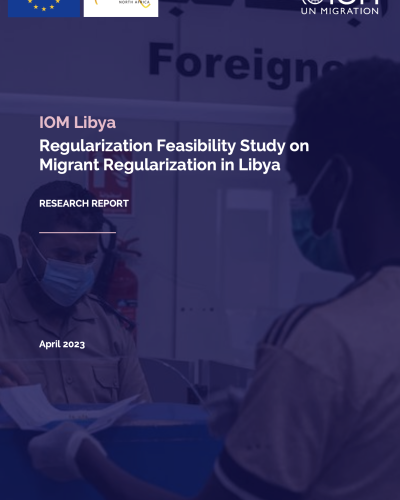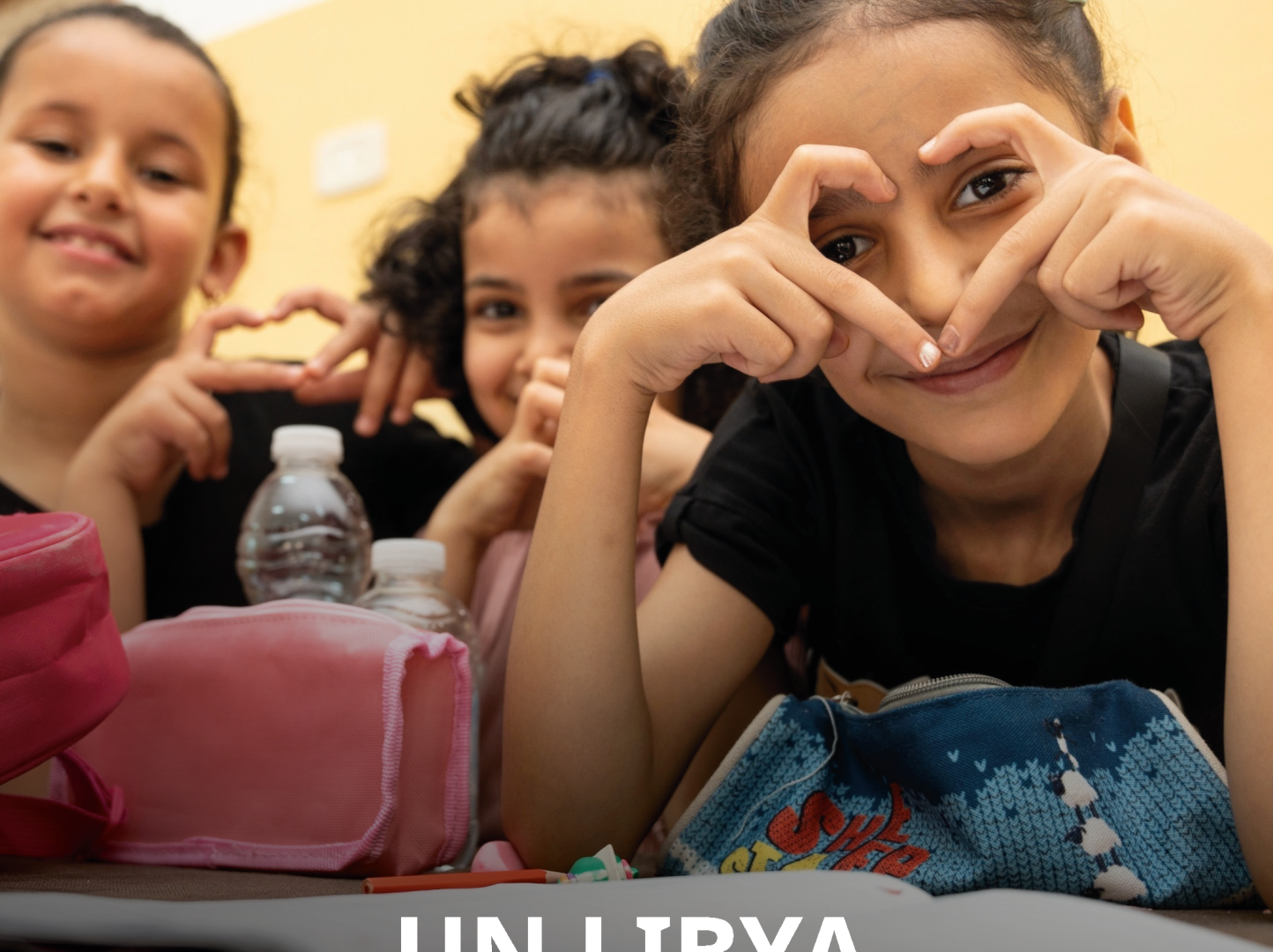Regularization Feasibility Study on Migrant Regularization in Libya

Despite the political and economic instability that has characterized Libya since the revolution in 2011, the country remains both a transit and a destination for migrants pursuing better economic opportunities and social conditions. According to the Displacement Tracking Matrix (DTM) conducted by IOM, there are 679,974 migrants in Libya as of August 2022 (IOM, 2022b). These men and women are vital contributors to the Libyan economy while often supporting their relatives in their home countries through remittances. Nevertheless, a majority do not hold regular status in Libya and therefore do not benefit from labour law regulations and protection.
On a national level, the Government of Libya has expressed its commitment to facilitating regular labour migration and protecting migrant workers. As an example, in November 2021, Libya and Niger signed a memorandum of understanding that seeks to protect migrant workers through issuing work visas and to better respond to Libya's labour market needs. This process took place as part of a wider discussion with other major countries of origin in the region to address concerns regarding irregular labour migration and the welfare of migrant workers (IOM News - Global, 2021). Registration or regularization of migrant workers could be a next step in line with these new policy shifts.





